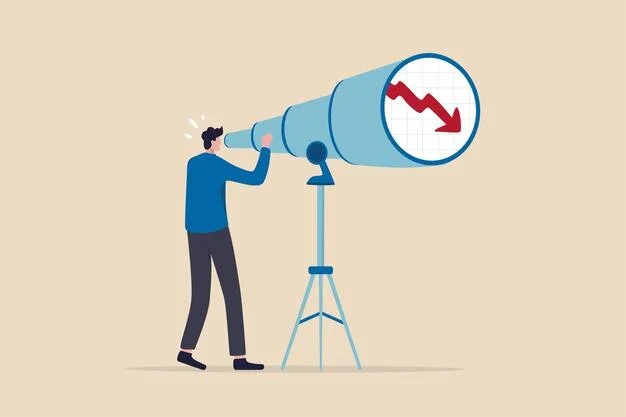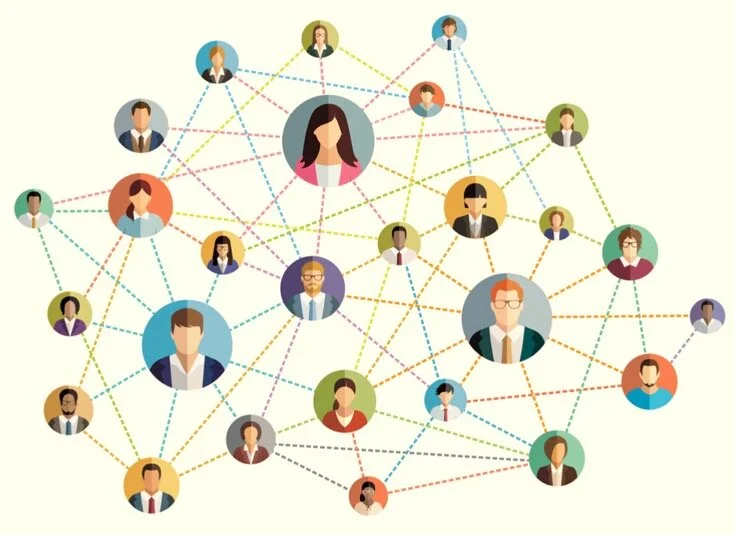"A house divided against itself cannot stand. I believe this government cannot endure, permanently half slave and half free. I do not expect the Union to be dissolved - I do not expect the house to fall - but I do expect it will cease to be divided. It will become all one thing, or all the other.”
-Abraham Lincoln at the Illinois Republican State Convention in 1858
Drawing from biblical terms, Abraham Lincoln was clearly on the dot when he stated “a house divided against itself cannot stand” in reference to the antebellum United States. Three years after he said this, the United States Civil War began. Though applied to the United States at the time, this idea can perhaps be echoed in various civil conflicts - not always violent - that led to the ultimate geographic division of nations in recent history. This week, we’ll take a look at several historic examples in which nations split geographically as well as some speculation on current politically “fragile” nations. In the midst of all this conflict, there is still opportunity for growth.




















